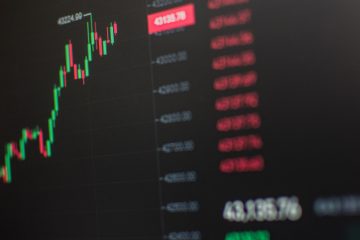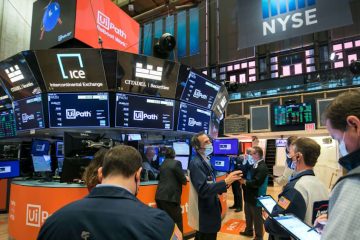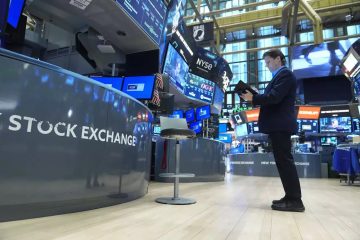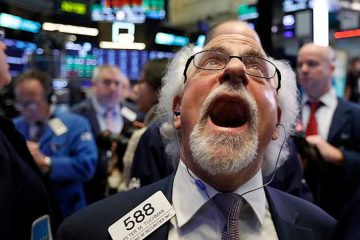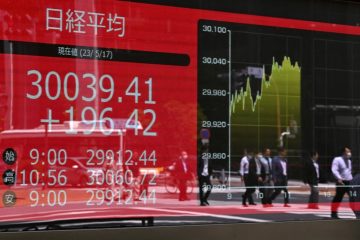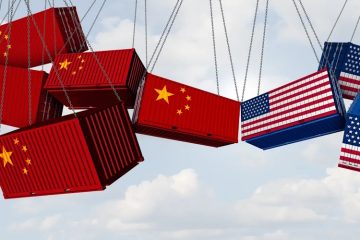Why the Satellite Market Is Getting So Overcrowded
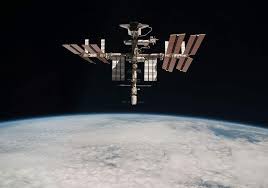
This is the web version of Data Sheet, Fortune’s daily newsletter on the top tech news. To get it delivered daily to your in-box, sign up here.
MIT has been holding its entrepreneur-focused New Space Age Conference for four years, and it’s notable how quickly things have changed. For one, the first iteration fit in a smaller room and lacked the giant and delicious mid-morning doughnuts supplied for the 2019 conference. But more importantly, the focus has shifted in two ways.
Way back in 2016, Boeing was the big incumbent, the company that had dominated the space economy for decades, offering its wisdom to all the startups and would-be startups in the audience. But Naveed Hussain, who headed the company’s R&D skunkworks, sounded a bit defensive as he insisted: “We are ready to compete.” Portentously, just the day before the conference, Elon Musk’s SpaceX landed one of its reusable rockets on a barge floating at sea. In hindsight, it’s obvious that a changing of the guard had occurred.
At this year’s New Space Age conference, SpaceX was the big incumbent and its rocket technology has now moved from the demonstration stage to the workman-like commercial phase.
Shattering the cost of putting satellites in orbit has allowed dozens, perhaps even hundreds, of new startups to attract funding and go into business, kicking off a new space race. Van Espahbodi, managing partner of the Starburst Aerospace Accelerator funding many of those startups, may not have realized the irony of his statement that “ten years ago there would have been executives from Lockheed and Boeing in this room.” (It was only three, Van.)
But Espahbodi also sounded another common refrain from the 2019 edition of the conference, one that marks the second shift from 2016. While back then startups were still trying to figure out how to woo Silicon Valley, now it seems they may have succeeded too well. Espahbodi worried that too much money may have flowed into too many startups all chasing the same few satellite opportunities. “There’s lots of not so smart money out there,” he quipped.
The most impressive CEO on stage may have been John Serafini from HawkEye 360, which is launching satellites to track all manner of radio frequency signals on the ground. The company’s satellites could help stop “bad actors in a maritime environment” from creating billions of dollars of “negative externalities,” he explained. What? They’re going to catch pirates!
Aside from the excess financing chasing too few ideas, Julien Cantegreil, the CEO of SpaceAble, offered a unique reason why startups in the space market may start crashing out–literally. There’s actually a limit to how many satellites can go into orbit before debris and collisions become a big problem. “We cannot continue to send more objects to space,” he warned. “At some point we need to stop and think about the low earth (orbital) environment.” Hopefully there won’t be any actual examples of that problem to discuss at next year’s conference.
***
Lyft priced its initial public offering at $ 72 a share giving the company a stock market value north of $ 24 billion. It’s expected to be the first of many mega-startups going public this year, as my colleague Danielle Abril reports. I’m not into the false precision of many Wall Street metrics but I do like to compare startups to others in their neighborhood. Software maker Atlassian is valued at about $ 26 billion, Internet infrastructure operator Verisign at $ 22 billion, and Check Point Software at $ 20 billion. Lyft has the most annual revenue and the highest growth rate, though both Verisign and Check Point are already profitable. You’ll have to do your own due diligence on Lyft’s business prospects, but I’m here to say that its initial valuation isn’t crazy.



